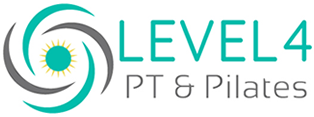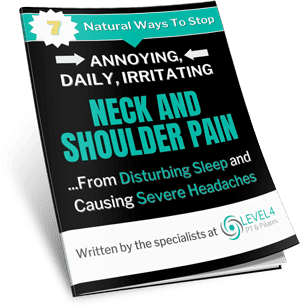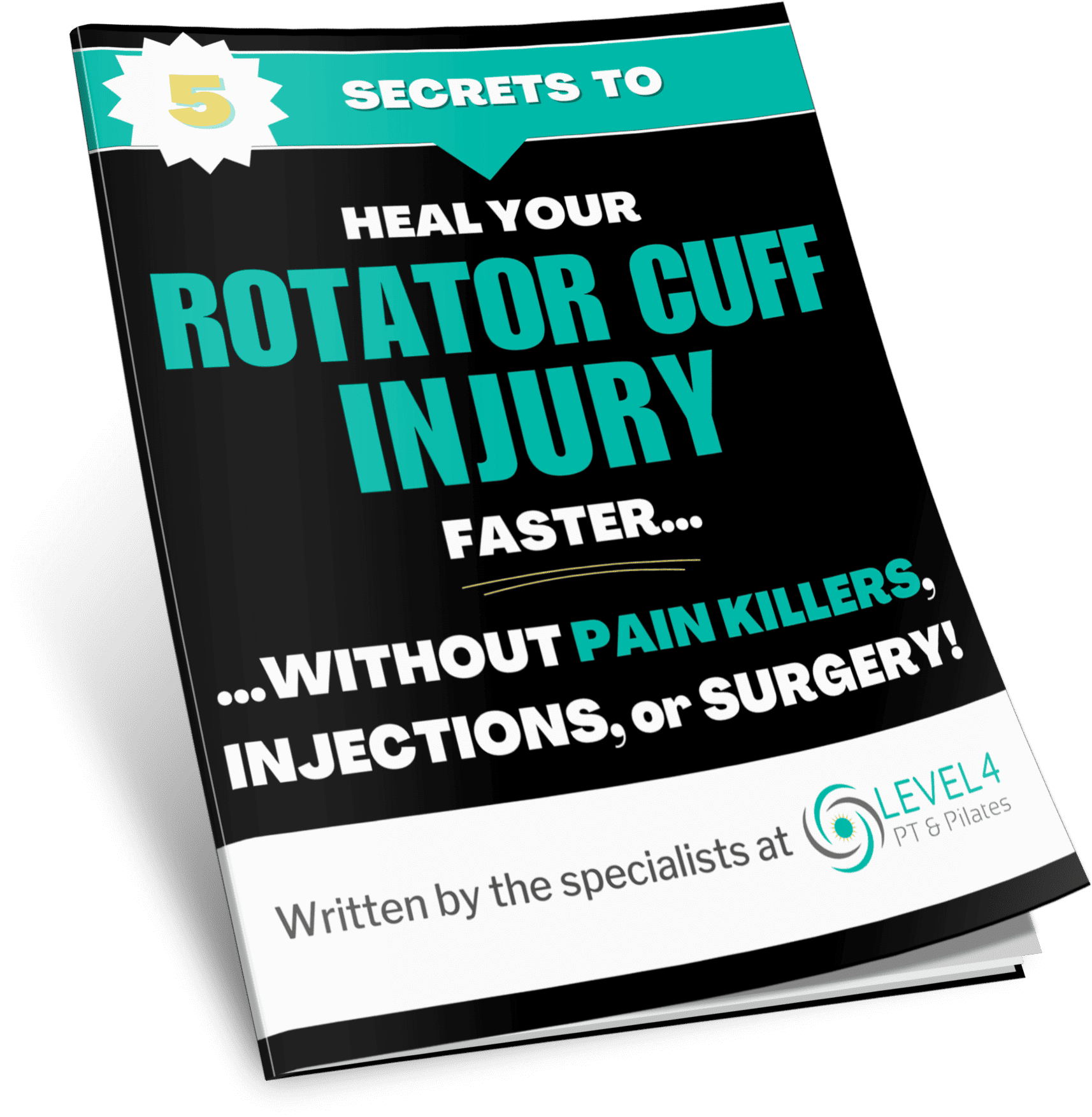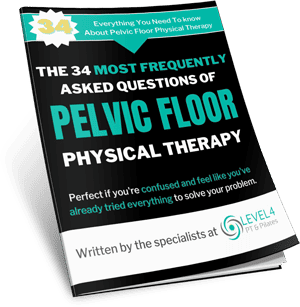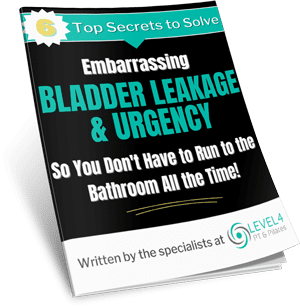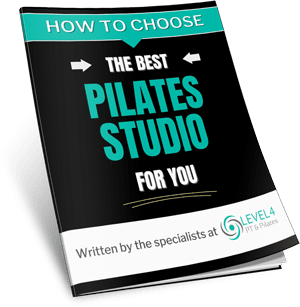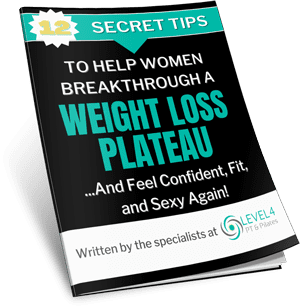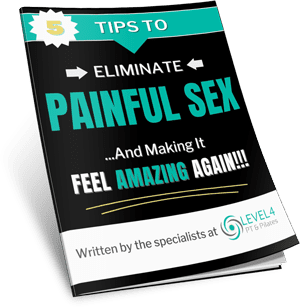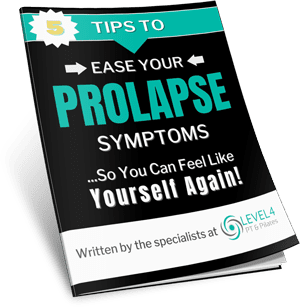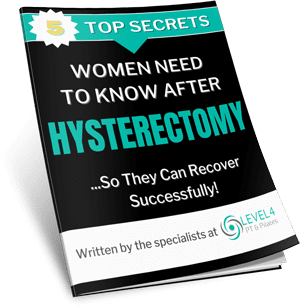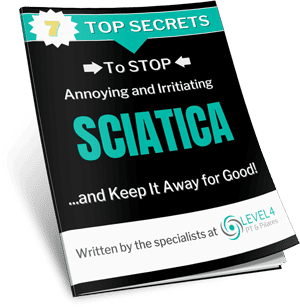Pilates was invented in the early 20th century as a method of body rehabilitation and for strengthening World War I soldiers. This method was started by Joseph Pilates, but it took off as a mainstream exercise when ballet dancers started using it to improve their dancing performance.
Why Pilates is the Hidden Secret for Back Pain Relief
For years now, people ranging from health experts to celebrities (like Sylvester Stallone) have touted the benefits of Pilates, singing the praise of how the regimen sculpts their body without the bulk of weightlifting.
But there are many advantages beyond just that toned body. The following information include just a few reasons you should consider trying Pilates or doing it when you want back pain relief…Here is the story behind a why a recent client of ours raves about what it did to help her back (and helped her be able to lift her grandkids without back pain!):
<FREE OFFER WITH A PILATES TASTER SESSION: FIND OUT IF THIS IS THE RIGHT EXERCISE FOR YOU FOR BACK PAIN RELIEF>

Pilates is three-dimensional
Pilates is three-dimensional, working the entire body. It is an overall body fitness system that addresses imbalances, core control, strength, flexibility, movement efficiency and balance. And it is low-impact and works multiple muscle groups at the same time.
LEVEL4 PT & Wellness offers Pilates to the public through our wellness services, but we also incorporate it in physical therapy and post-rehabilitation programs.
Principles From Joseph Pilates
Here is what Joseph Pilates determined as the 7 core principles of what Pilates entails:
- Centering: Pilates originates all movements from the center, or core, of your body encompassing your abdomen, lower and upper back, hips, buttocks, and inner thighs—also known as the “powerhouse” of the body. Pilates movements begin in the center and move outward to the limbs. Large muscle groups, our spine, and organs are all supported from this powerhouse.
- Concentration: In order to maintain control (the next principle), it’s important to maintain concentration and remain fully aware of your body during each movement. How you perform an exercise is as important as the exercise itself.
- Control: Pilates movement is not about intensity but control, and controlled exercise yields the greatest benefits while protecting muscles from injury. In fact, control was so important to Pilates that he called his method “Contrology.” At first, you may find it difficult to control every aspect of your movements, but as your skill level increases through practice, you will enjoy increased control. This aspect is very important as soon as you have an episode in which “I hurt my back!” is said!
- Precision: Each exercise has a specific procedure and quality that it’s important to followed precisely. As you practice concentration and gain control, you will enjoy the increased awareness and precision with which you are able to practice each movement. You will gain more benefits from a few precise movements, than more movement done sloppily.
- Breath: It’s important when practicing Pilates movement to breathe fully and purposefully, inhaling through the nose and exhaling through the mouth. Breathing is our link between the inside and outside of the body, as well as the mind-body connection. And, while breathing is normally something we do automatically without thinking, try to focus on your breathing promotes awareness. Breathing also helps you to deliver the optimal amount of oxygen to the muscles. So when you want back pain relief,” breathing exercises are very instrumental in the recovery process to calm the nervous system down and allow for the connection from your diaphragm to you core muscles.
- Flowing / Efficient Movement: Exercising with jerky movements, such as jazzercise and step classes is not always smooth. In contrast, Pilates, like disciplined dance forms, focuses on quality of movement rather than quantity or intensity. Quality is about tone, balance, and flow rather than repetition. By concentrating on precise and controlled movement, you will achieve movement efficiency, with a balance between muscle contraction and relaxation
- Alignment: Maintaining correct alignment and stability in the pelvis are important aspects of Pilates practice. There are negative effects to poor alignment and stability. These include difficulty in your ability to concentrate, breath properly and maintain correct posture. The ultimate goal is to achieve balanced and efficient movements.
“What can Pilates do for me when I just want back pain relief”
The BENEFITS OF PILATES
People who incorporate Pilates into their exercise routine can see a variety of benefits, including:
- Longer, leaner muscles
- Improved posture
- Increased core strength, stability and peripheral mobility
- Enhanced functional fitness and ease of movement
- Balanced strength and flexibility
- Heightened body awareness
- Better balance, coordination and circulation
Pilates classes come in two types: mat classes (Click here for an example of a mat exercise we use) or instruction on an apparatus using the Pilates equipment such as the Reformer (Click here for an example exercise). Mat classes use the weight of your body to challenge the core. Apparatus work offers more whole-body and alignment attention. The equipment can assist or destabilize the movement environment to perfectly match the abilities of students to their challenge point, allowing them to maintaining good form. These exercises can be important when you want back pain relief and should be integrated into your rehab program.
The Reformer also helps address muscle imbalances from one side to the other, making more of a challenge and creates a positive environment to correct faulty movement patterns and work on deficits in different positions. This is helpful in the rehab process or in the performance realm when working with clients.
It’s also a great exercise when you are over 40 years of age! Why? With age, you tend to deal with more aches and pains. This makes high-intensity exercise, like running or boot camp classes, more challenging and difficulty to participate in. Using a Pilates Reformer will still give you a challenge in a sweat-breaking workout. Workouts on a Reformer take stress off the joints, improve your strength, mobility of your hips and spine, and improve your coordination and balance.
“WHAT does the Core have to do with this?”
Pilates exercise is commonly thought to “strengthen your core muscles.” Why is that important? Your spine stability and trunk control are an integral part of spinal function. It takes a lot of stress off the joints in your spine. In the lower back, the deep spinal muscles span the space between the twelfth rib and the pelvis. They help to stabilize and mobilize the lower back. These muscles also protect the abdominal organs, control forward bending, and assist in backward and side bending of your spine.
They also help support and maintain the normal spinal curve in the lower back, giving the spinal column its resiliency and capacity to absorb shock as it connects the pelvis and chest in alignment on the vertical axis. If the deep spinal muscles of the lower back are too tight, the lower back is too rigid to allow normal range of movement. Being weak compromises both the structural support and upright posture of the body. Therefore it is important to release tension in the back as well as to build strength.
The recent client of ours raved that not only did all the benefits above using Pilates exercise helped give her back pain relief within the first 6 weeks, she also surprised herself when she had to lift her grandkids and could actually carry them up and down the stairs, which she could never do before!
A good PT trained in Pilates, the rehab program should entail the combination of hands-on manual therapy followed by exercises on the Pilates reformer.
At LEVEL4 PT & Wellness we use Pilates principles to approach a rehab program, but also in the fitness realm…we assess, get you moving better with mobility exercises using Pilates and reinforce with stability to help with back pain relief and strengthening!
Find out more info about how to find the best Pilates studio for, go ahead and click HERE.
- 3 Proven Ways You Can Relieve Sciatic Pain While Sleeping - September 14, 2023
- Menopause and the Impact It Can Have On Your Weight - August 4, 2023
- 5 Ways That Pilates Can Help With Back Pain - July 19, 2023
